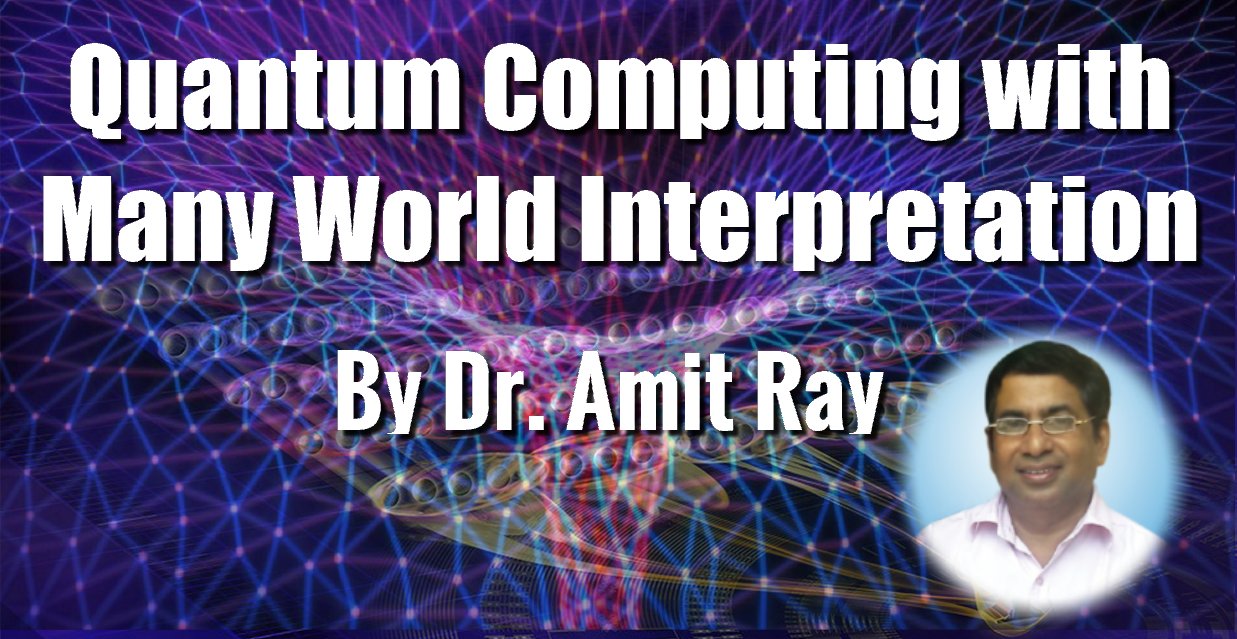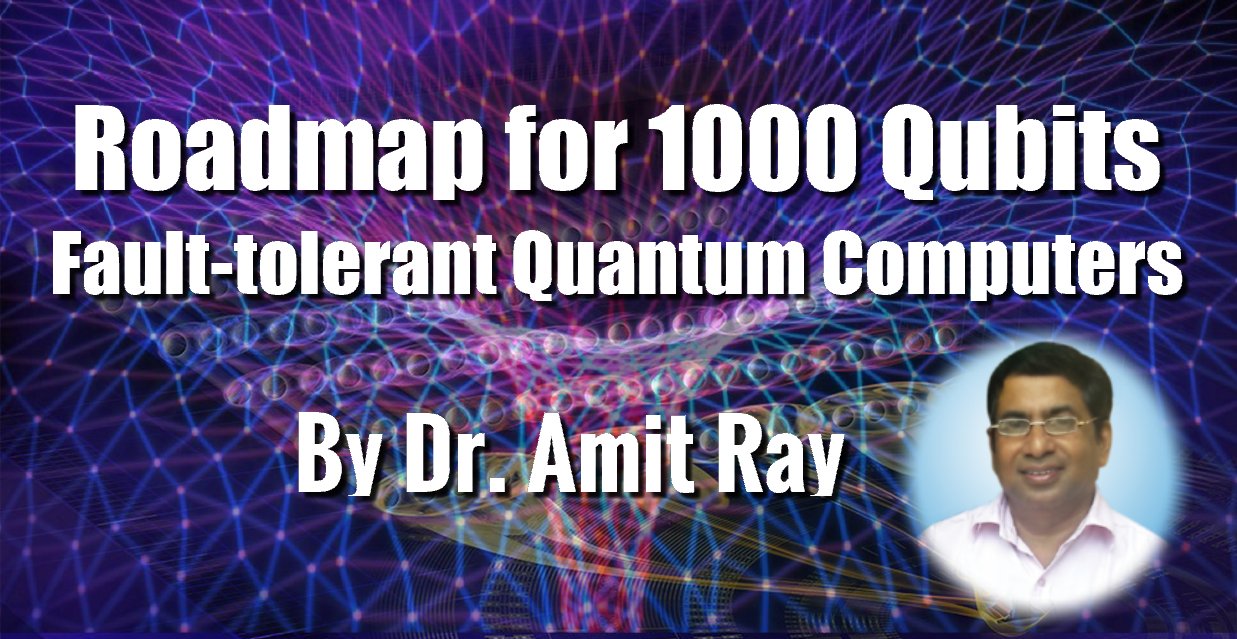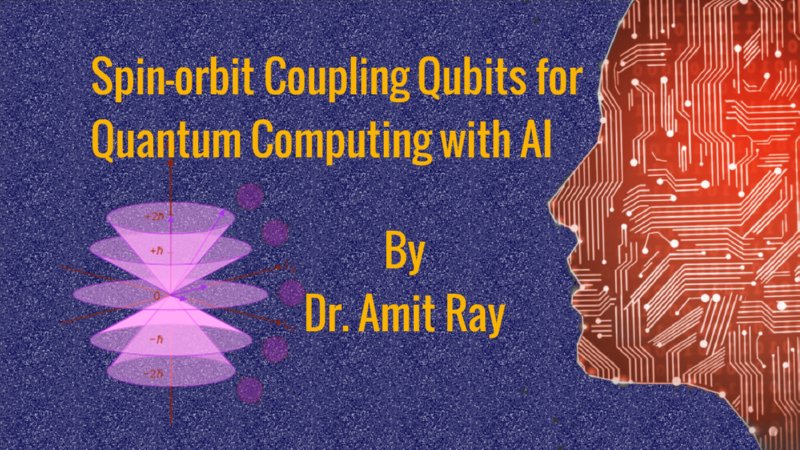The Many-Worlds Interpretation (MWI) of quantum mechanics posits that all possible outcomes of quantum measurements are realized, each in a separate, non-communicating branch of the universe. This interpretation challenges the traditional Copenhagen view, which involves wave function collapse to a single outcome. In the context of quantum computing, MWI offers a framework for understanding quantum parallelism—the ability of quantum computers to process multiple computations simultaneously.
In this article, we explore how MWI aligns with quantum computing's principles, the opportunities it presents, and the challenges we must address to harness its full potential.

Many scientists believe that Many Worlds Interpretation (MWI) of quantum mechanics is self-evidently absurd for quantum computing. However, recently, there are many groups of scientists increasingly believing that MWI has the real future in quantum computing, because MWI can provide true quantum parallelism. Here, I briefly discuss the scopes and challenges of MWI for future quantum computing for exploration into the deeper aspects of qubits and quantum computing with MWI.
This tutorial is for the researchers, volunteers and students of the Compassionate AI Lab for understanding the deeper aspects of quantum computing for implementing large-scale compassionate artificial intelligence projects.
Read more ..



